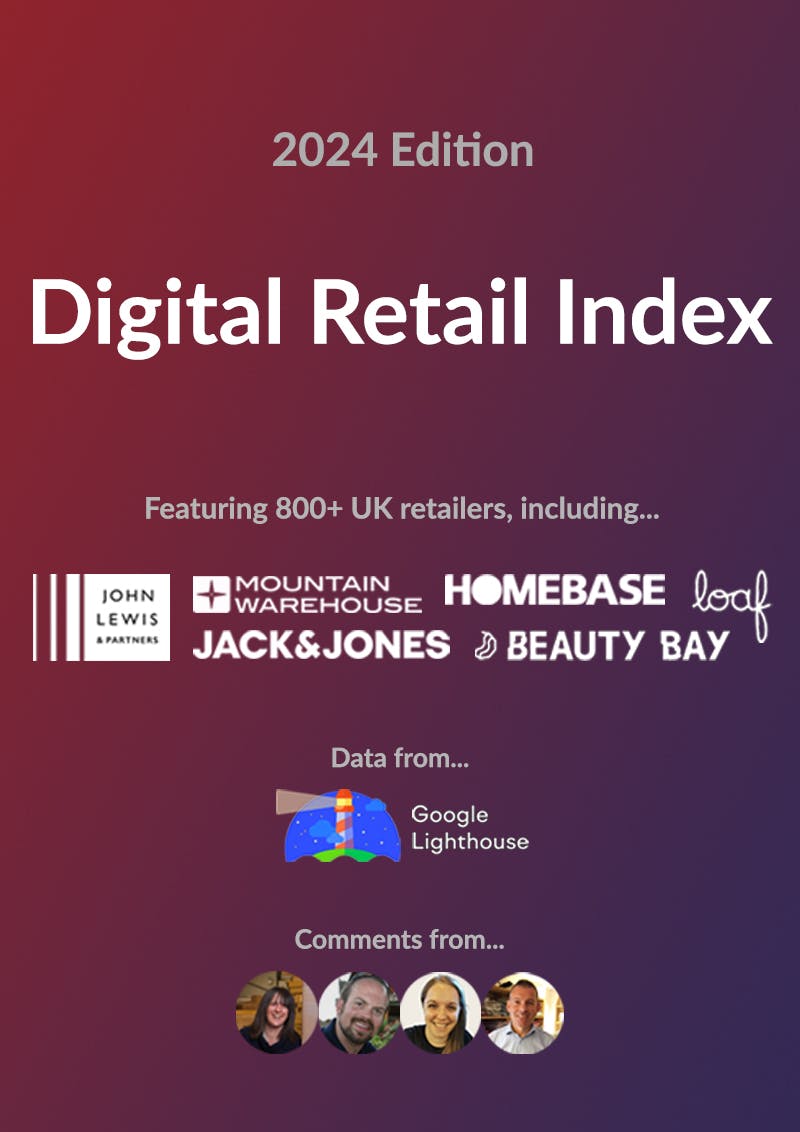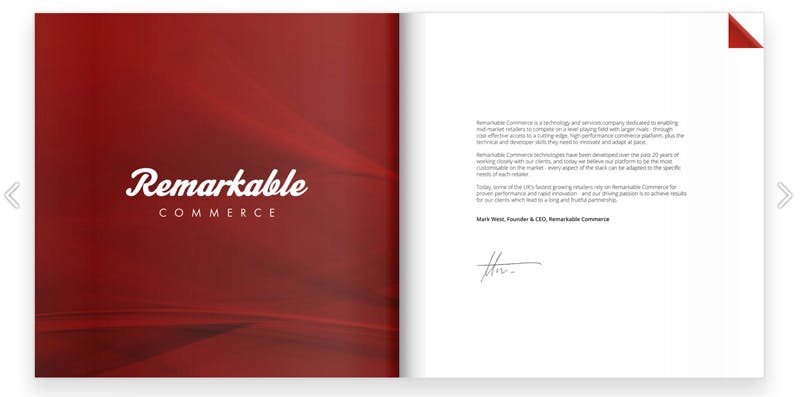

How Personalisation Helps Improve UX and Conversions on eCommerce Sites
The combined power of eCommerce and personalisation has changed customers’ online shopping habits forever.
Over 36% of UK customers are interested in personalised products when shopping online, according to a study conducted by Deloitte1. Also, around 22% of online shoppers are willing to share their personal data with a brand that offers personalised products and services.
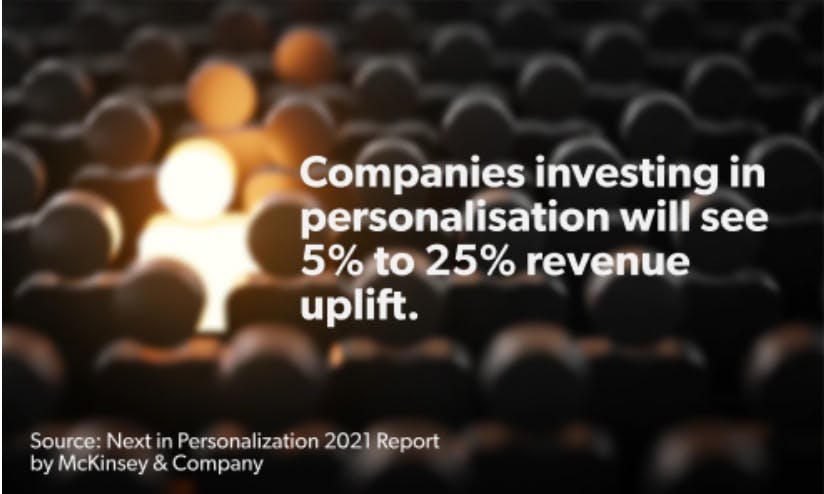
As the UK has the most advanced eCommerce market in Europe, British retailers are already ahead of the rest; however, wider adoption of personalisation is necessary to keep up with users’ rising expectations.
Let us explore what makes eCommerce personalisation important for both brands and their customers.
Why Do Brands Need It?
Win customer loyalty
Today, 1 in 4 customers are ready to pay more in return for personalised shopping experiences. Personalisation can indeed go a long way towards growing customer lifetime value at scale.
Increase average order value
Bringing personalised offerings to users’ fingertips can help brands increase their average order value and size and achieve sustainable eCommerce growth.
Improve customer retention
When you show personalised content on your website, your users keep coming back to your brand to repeat purchases and they eventually develop brand loyalty.
Why Do Customers Want It?
They want relevance
A brand can lose 38% of customers if its personalisation efforts go wrong, according to a study by Gartner2. This means users want to see more relevant offers, content, and recommendations when shopping online.
They simply expect it
Customers today have strong opinions about personalisation and associate it with brand trust and positive shopping experiences. No wonder, they expect personalised experiences every time a brand says it is here to help them.
They want to feel valued
When you tailor your offers according to users’ interests and preferences, you make them feel appreciated and believe that your brand cares about their choices.
Step-by-step
User Research and Segmentation
User research is all about observing and understanding user behaviour on websites. We use user research tools such as Hotjar and Lookback that allow user behaviour analysis through data visualisation techniques such as heatmaps, scrollmaps, hovermaps, session recordings, and customer survey analysis among others.

Website heatmaps
We also conduct remote user testing wherein we recruit participants from all over the UK and world to participate in moderated or unmoderated sessions through a third-party platform.
Overall, user research insights help us create hypotheses or test ideas to run personalised experiments based on what piques users’ interests, frustrates them, or causes friction in their buying journeys on websites.
Targeting and profiling
Next, we use ML-powered experimentation and personalisation platforms that segment website visitors into groups based on similar characteristics under the following criteria:
Behavioural: People sharing similar interests, preferences, and purchase patterns are grouped together.
Demographic: Customers belonging to the same age group or location are in the same segment.
Technology: Grouping based on which browser or device users are using.
Traffic source: Visitors from similar channels (social, organic, paid, or direct) are in the same group.
Funnel Stage: Leads can further be grouped depending on which stage of the funnel (top, middle, or bottom) they are at.
Behind these advanced segmentations are the Machine Learning (ML) algorithms that can accurately identify data and correlations among them. Which ultimately helps deliver one-to-one personalisation on eCommerce websites through segments based on similarities.

Customer segmentation
We rely on both user research insights and segmented user data to decide which personalisation experiments to run as per the needs, wants, personalities and behaviour of customers. This is to ensure brands can deliver focused messages to each user segment and eventually cater to their expectations.
Personalisation-based experiments
Personalisation in website testing has enabled us to build successful optimisation strategies and drive revenue growth for our clients. Here are some examples of how we improved CX for specific user segments by testing personalised experiences.
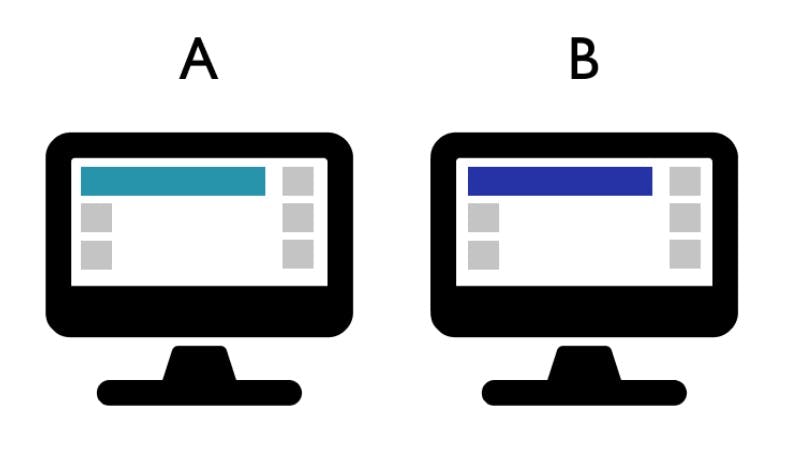
Personalised A/B Testing
Product recommendations
Though product recommendations are the most obvious type of personalisation you can provide your clients, it is surprising how many brands fail to nail this feature. During analytics research for one of our clients, we noticed a high bounce rate on their PDPs, especially among users landing from Google Shopping. So, we ran a test targeting this user segment, aiming to reduce bounces.
We showed small product recommendation tiles above the main product area on PDPs, expecting Google Shopping users to stay engaged and choose some other items on the website even if the product they clicked on was not to their liking.
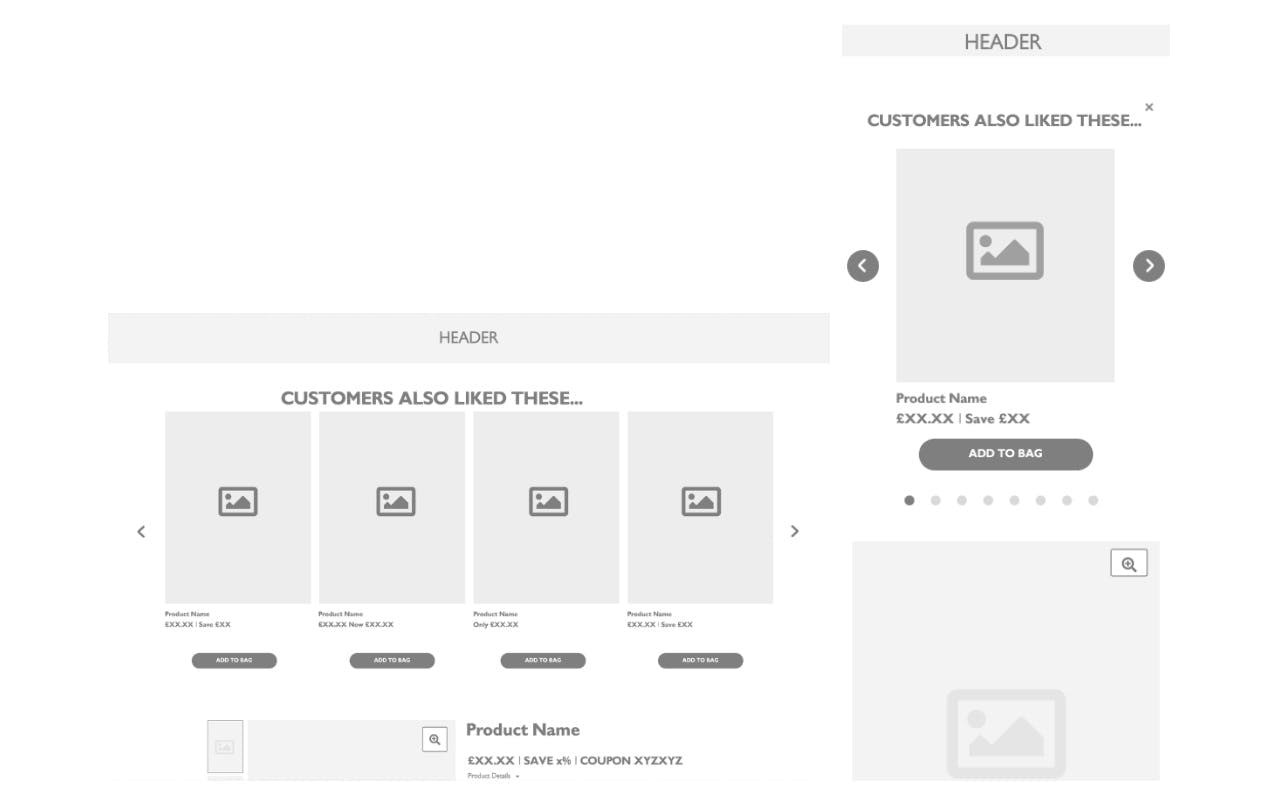
Desktop and Mobile Variations
This test performed exceptionally well, showing promising revenue uplift potential.
Some other ways you can make product recommendations more relevant are to display related products based on your users’ previous purchases, search intent, interests, location, or age.
Checkout
Personalised checkout experiences can drive more conversions. We confirmed this through an experiment we conducted for a brand. The brand had its own credit payment option that was not widely used by its customers. By targeting existing cash customers with intent to purchase, we showed a personalised message highlighting the benefits of credit payments in key areas of the checkout funnel.

Personalised Messages in Key Areas of the Checkout Funnel
This test increased conversions by 10% and resulted in more users opting for credit options by reducing the pain of paying in cash or from their accounts.
Some other ways of personalising the checkout experience are to make it easier for returning users to log in to their account, pre-filling form details for returning users, and highlighting payment options that customers have used previously on your site.
3. Add to Basket
Over 75% of retail buyers abandon purchases even after adding products to the basket. We tried personalising the add to basket experience to motivate users to complete purchases on a client’s website.
When a user returned to the website after previously abandoning their cart, they were shown a pop-up with products that they had actively viewed and added to their carts. This reminded users of what they had been looking for earlier and gave them an opportunity to directly review the basket and check if the products were still available to purchase.
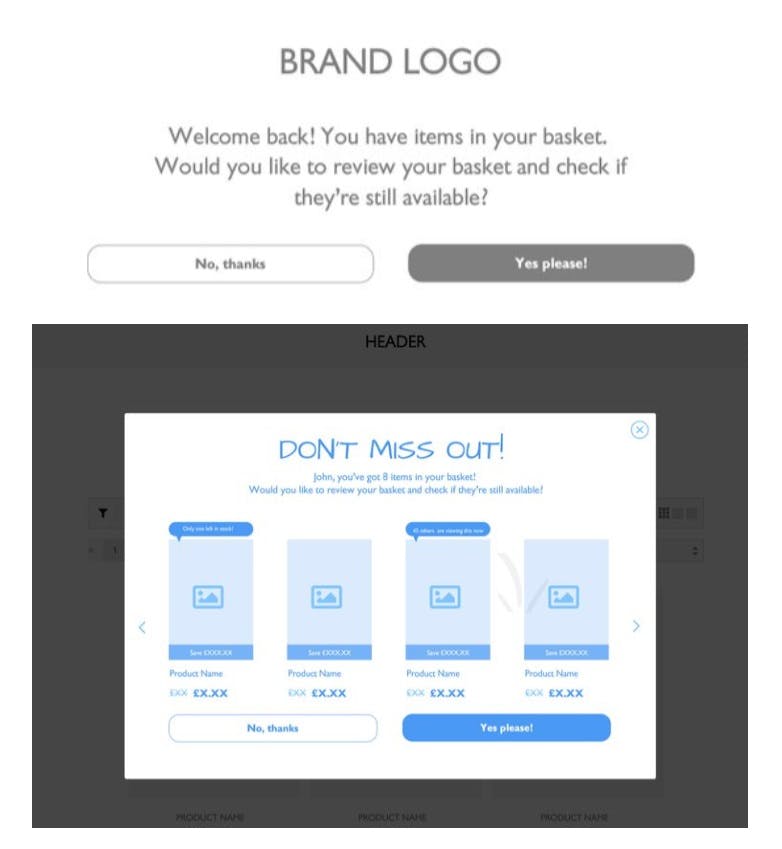
Control and Variation
These personalised pop-ups helped improve conversions by 13% for the company.
Some other personalisation strategies to use on cart abandonment are to send cart abandonment emails (if the user’s email id is in your database) and offer a special discount or perk on products that the user left behind.
4. Navigation
In another experiment for a home furnishing brand, we wanted to improve returning users’ interactions with home décor items on its website. These were customers who had already purchased larger products from the top-level brands and the client wanted to add a cross-sell strategy to the navigation menu.
We highlighted the home décor section in the mega menu for returning users, encouraging them to purchase from that category.
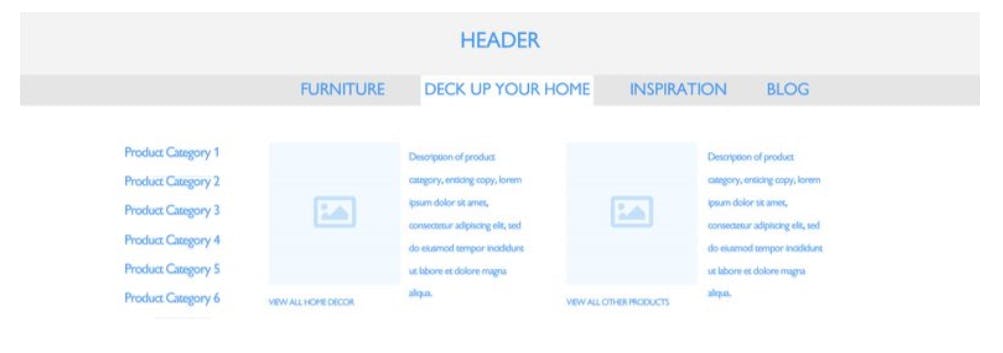
Desktop Variation of Mega Menu
This test was a success, driving a 7% uplift in transactions in the category.
Navigation is a difficult area to personalise, but some of the tactics you can use are: showing different categories on top of the menu as per users’ browsing history or interest and using product tiles with a product the user has viewed or shown interest in previously, instead of simply using category names. Key Takeaways At Endless Gain, we create a roadmap for brands where we perform user research, create user segments, and run experiments on each personalisation activity. Here is a quick recap of what we do in our experimentation and personalisation programs for our clients.
Perform user research to understand how users behave on websites.
Segment users into groups to target them with tailored messages.
Run personalised tests to leverage optimisation opportunities on websites.
Use in-house AI tools to complement our expertise for better results for our clients.
We are currently delivering an ROI of £22 for every £1 spent with us and are obsessed with driving a commercial return for our clients. Please get in touch if you’d like to have a no-obligation call.
